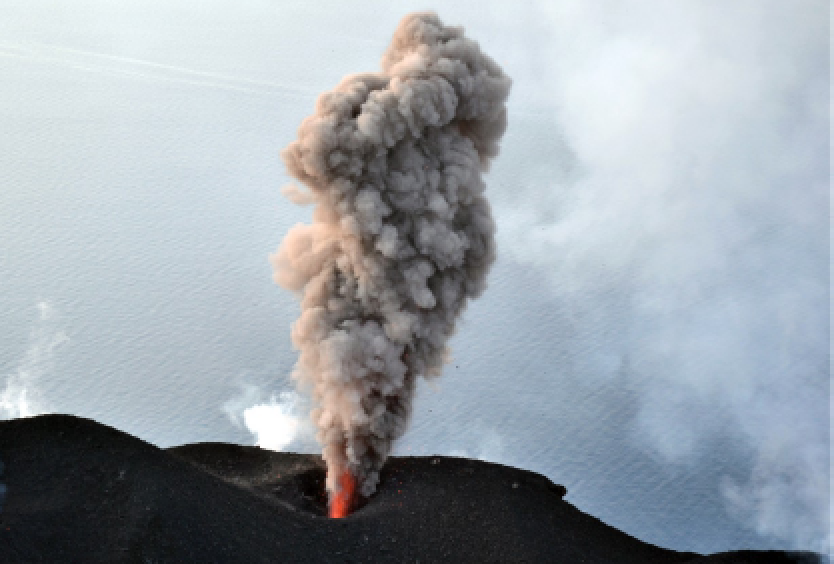February 26, 2020. EN. Italy : Stromboli , Colombia : Nevado del Ruiz , Italy / Sicily : Etna , Ecuador : Sangay .
February 26 , 2020 . Italy , Stromboli : Weekly bulletin from 02/17/2020 to 02/23/2020. (issue date 25/02/2020). SUMMARY OF THE ACTIVITY STATUS. In light of the monitoring…

